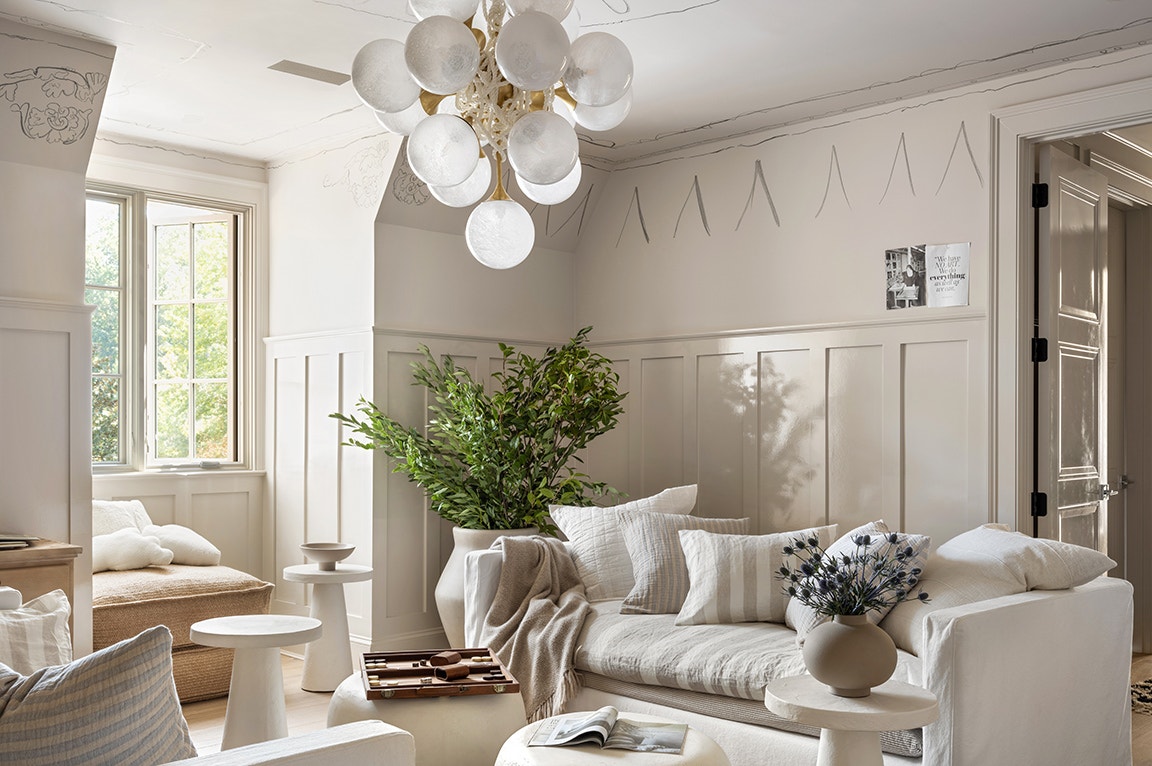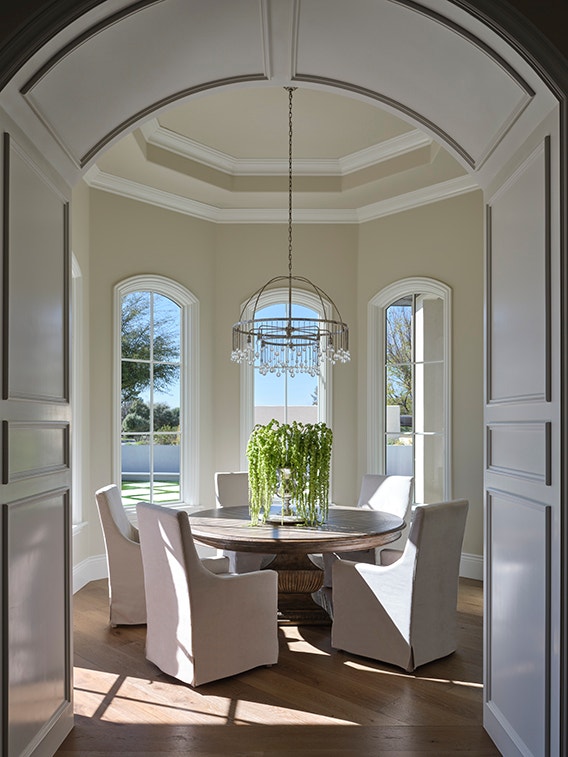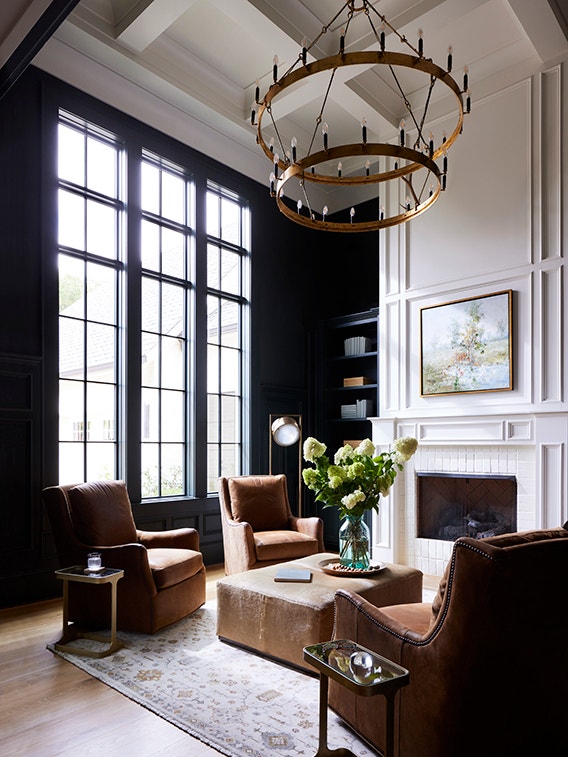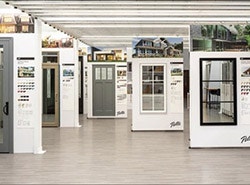Victorian Style Windows: Elegance with Lasting Appeal
Learn more about Victorian windows and their signature design elements.

KEY TAKEAWAYS
- Victorian windows are known for their elaborate woodwork, stained glass, and decorative grilles, reflecting the era’s focus on artistry and innovation.
- Modern replications of Victorian windows combine historical detailing with energy-efficient materials, making it possible to preserve authenticity while enhancing performance.
- Homeowners can achieve Victorian style through features like bay windows, custom grille patterns, and stained glass accents, whether restoring a historic property or adding vintage flair to a modern home.
Victorian-style homes are known for their intricate details, dramatic rooflines and bold design choices, but what truly defines their character are their windows. Whether restoring an original Victorian home or incorporating Victorian-inspired elements into a modern build, selecting the right windows is key to preserving the charm and authenticity of this iconic style.
Defining Features of Victorian Windows
Victorian-era homes were built during a time of innovation, when new manufacturing methods allowed for the mass production of ornate woodwork, decorative glass and intricate trim. These advancements had a significant impact on window design, elevating windows from purely functional components to highly expressive architectural features.
Victorian windows often showcase elaborate wooden frames with finely carved moldings, curved or pointed arches and embellishments that complement the home’s façade. Exterior window surrounds might include corbels, pilasters or hood moldings — each designed to emphasize elegance and verticality. On the interior, deep window sills and ornate trim helped frame the view while reinforcing the home’s decorative style.
Glasswork also played a major role. Technological advancements made it possible to produce more varied and decorative glass at scale. As a result, many Victorian windows feature stained or leaded glass in rich colors or geometric patterns — particularly in transoms, sidelights or stairwell windows. Even clear glass was often set within intricate muntin patterns or surrounded by etched or frosted designs.
Altogether, Victorian windows blended artistry with engineering, reflecting the era’s desire to impress and embellish. Whether large bay windows with turned wood detailing or narrow casements with colored glass insets, these windows were as much about aesthetic expression as they were about ventilation and light.

Different Types of Victorian Windows
Victorian homes feature a wide range of window styles, each adding unique character. Whether you’re preserving an original or looking to recreate the look, here are some of the most popular Victorian-style windows.
Bay and Bow Windows
These windows extend outward from the home, creating a grand focal point and adding interior space. They often feature multiple window panels with curved or angled designs, allowing for more light and panoramic views.
Stained Glass Windows
A hallmark of the Victorian aesthetic, stained glass windows add color and artistry to entryways, stairwells and living spaces.
Double-Hung Windows with Decorative Grilles
These traditional windows feature two sashes that slide vertically, often adorned with intricate muntins or grilles that reflect the era's craftsmanship.
Casement Windows
Hinged at the side and often tall and narrow, casement windows were used in Victorian homes to allow for maximum ventilation.
Arched and Gothic-Style Windows
Some Victorian homes feature dramatic pointed-arch or curved windows, borrowing elements from Gothic Revival architecture. In this Richmond home, for example, arched windows were an important part of maintaining the home’s historical architecture.
Modern Replications of Victorian Windows
Advances in materials and manufacturing now allow for the faithful replication of Victorian-style windows — with added benefits. Today’s designs combine historical accuracy with modern energy efficiency and durability.
Pella windows, for example, offer authentic detailing through materials like wood, historic grille profiles and premium finishes — while also meeting contemporary performance standards.
Restoring and Replacing Victorian Windows
Many homeowners looking to restore or modernize their Victorian homes must balance preserving historical charm with enhancing energy efficiency and durability.
- Retaining Original Features: If the home’s original wood windows are still in place, restoration with modern weatherproofing and energy-efficient glass can help maintain authenticity while improving performance.
- Choosing Period-Accurate Replacements: When replacement is necessary, selecting historically accurate materials helps maintain a home’s architectural integrity. Pella Reserve™ – Traditional windows feature details like Integral Light Technology® grilles, putty profiles and historically inspired hardware to complement Victorian aesthetics. Designed for both authenticity and performance, these wood windows offer modern energy efficiency while meeting historical standards.
Bringing Victorian Style to Modern Homes
Even if you don’t own a historic home, you can incorporate Victorian-style windows into a contemporary space.
- Adding a Bay or Bow Window: The addition of a bay or bow window instantly creates a Victorian-inspired focal point while maximizing natural light.
- Choosing Grille Patterns: Opting for custom muntins or decorative grilles in double-hung or casement windows can enhance a home’s vintage appeal.
- Incorporating Stained Glass Accents: Even a small stained-glass panel in a door, transom or window can add a nod to Victorian elegance.

Preserving the Timeless Charm of Victorian Windows
Victorian-style windows continue to captivate homeowners with their intricate designs and historical charm. Whether you're restoring an original Victorian home or incorporating vintage elements into a modern space, choosing the right windows can enhance both aesthetic appeal and functionality. With modern advancements allowing for energy-efficient and durable replications, it's easier than ever to blend classic elegance with contemporary performance.


